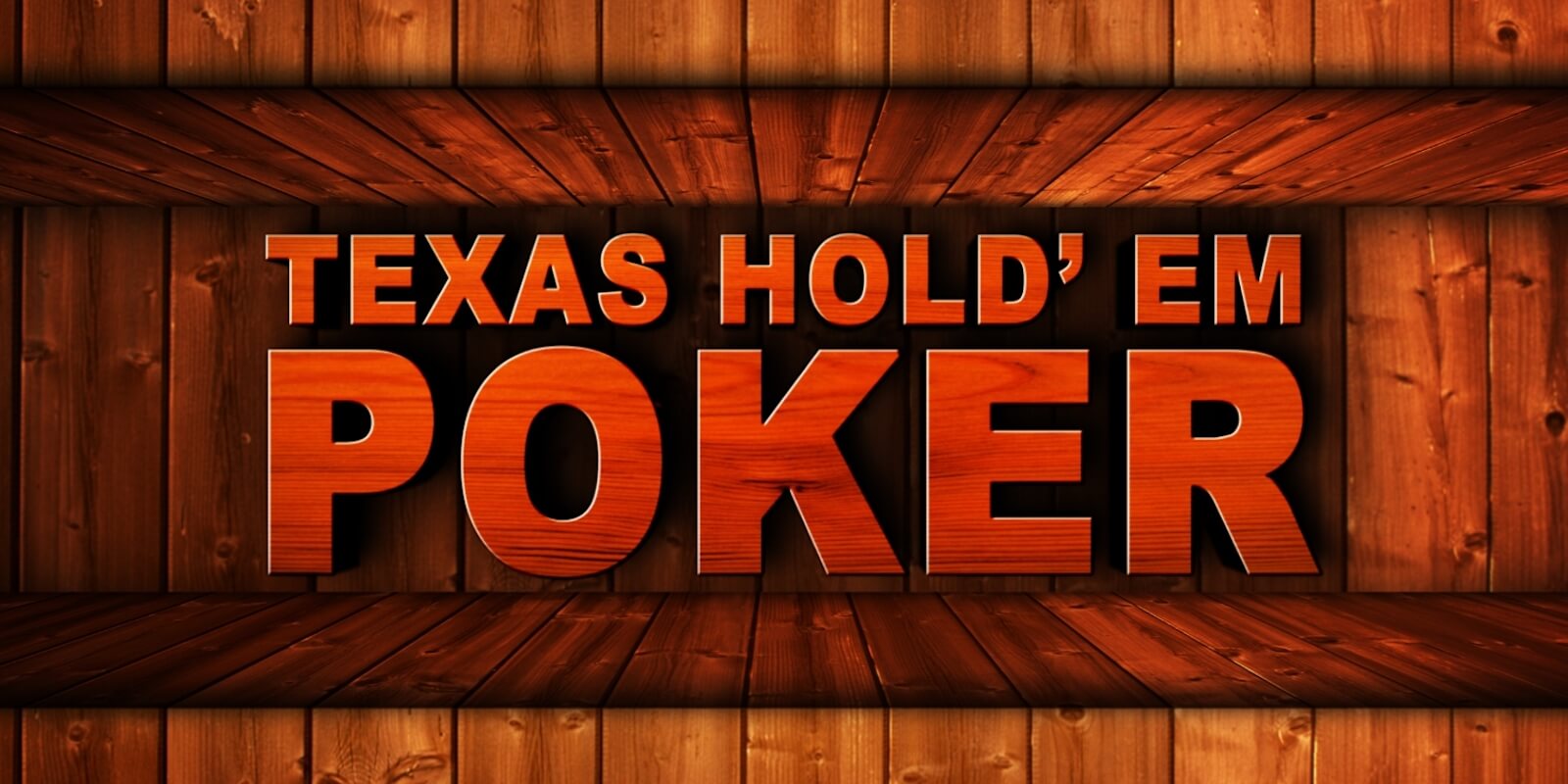To dominate the tables and elevate your game, you need a solid strategy and a deep understanding of the game’s mechanics.
This blog post will provide you with the knowledge and tools you need to become a Texas Hold’em powerhouse.- Fundamentals of Texas Hold’emBefore diving into advanced strategies, it’s essential to understand the game’s basic mechanics. Texas Hold’em is a community card poker game where each player is dealt two private cards (hole cards), and five community cards are dealt face up on the “board”.
Players must make the best five-card hand using any combination of their hole cards and community cards. The game has four betting rounds: Pre-flop, Flop, Turn, and River.
- Hand Rankings
Knowing the strength of your hand is crucial in Texas Hold’em. Familiarize yourself with the hand rankings, from the strongest (Royal Flush) to the weakest (High Card).
Understand the probability of making specific hands, and always be aware of the best possible hand (the nuts) based on the board’s cards.
- Position and Table DynamicsYour position at the table has a significant impact on your strategy. Early positions (under the gun or UTG) are less favorable, as you have limited information about your opponents’ actions.
As you move towards later positions (cutoff and button), you gain more information and have a strategic advantage. Pay attention to table dynamics, such as aggressive or passive players, and adjust your strategy accordingly.
- Starting Hands and Pre-Flop PlaySelecting the right starting hands is crucial for long-term success. Develop a solid hand selection strategy based on your position, stack size, and opponents’ tendencies.
Tighten your range in early positions, and loosen it in late positions. Consider factors such as implied odds, fold equity, and pot odds when making pre-flop decisions.
- Post-Flop PlayOnce the flop is dealt, your strategy will depend on the board’s texture, your hand’s strength, and your opponents’ tendencies.
Develop a post-flop plan based on these factors, considering whether to bet, call, raise, or fold. Learn how to read the board for potential draws and made hands, and use this information to inform your decisions
- Bluffing and Semi-BluffingBluffing is an integral part of Texas Hold’em strategy. Learn when and how to bluff effectively to increase your chances of winning pots. Semi-bluffing, when you have a hand with potential to improve, can be a powerful weapon in your arsenal.
Understand the importance of balancing your bluffs with value bets to keep your opponents guessing.
- Pot Odds, Implied Odds, and Expected ValueMastering these mathematical concepts will significantly improve your decision-making process. Pot odds represent the ratio of the current pot size to the cost of a contemplated call. Implied odds consider potential future winnings if you hit your draw.
Expected value (EV) is the average amount you expect to win or lose from a given decision. Use these concepts to make more informed decisions and maximize your long-term profitability.
- Bankroll ManagementProper bankroll management is crucial to maintaining a healthy poker career. Determine the appropriate buy-in level for your skill level and bankroll size. Stick to a strict buy-in limit and avoid going on tilt (playing emotionally) to protect your bankroll from significant losses.
- Exploiting Opponent WeaknessesIdentifying and exploiting your opponents’ weaknesses is essential for success in Texas Hold’em. Pay attention to their betting patterns, hand selection, and tendencies to make mistakes.
Categorize your opponents as loose or tight, passive or aggressive, and adjust your strategy accordingly. By exploiting their weaknesses, you can maximize your profits and control the table dynamics.
- Hand Reading and Putting Opponents on RangesDevelop the skill of hand reading by assigning your opponents a range of hands based on their actions, position, and tendencies. As the hand progresses, narrow down their range based on the community cards and their betting patterns.Accurate hand reading will help you make better decisions and exploit your opponents’ mistakes.
- Emotional Control and Tilt ManagementStaying emotionally stable and focused is crucial for long-term poker success. Learn to recognize when you’re experiencing tilt, and develop strategies to manage and overcome it.Maintain a calm and rational mindset during the game, and avoid making impulsive decisions based on frustration or anger.
- Continual Learning and ImprovementThe best poker players never stop learning and improving their game. Regularly review your hands, identify mistakes and areas for improvement, and actively work on strengthening your weaknesses.Stay up-to-date with the latest poker strategies and concepts, and never become complacent in your quest for mastery.
- Table Etiquette and SportsmanshipGood table etiquette and sportsmanship are essential for creating a positive and enjoyable poker environment. Treat your opponents with respect, avoid slow rolling, and follow the dealer’s instructions.By fostering a friendly atmosphere, you’ll not only enjoy the game more but also gain the respect of your fellow players.
- Online vs. Live PlayWhile the basic concepts of Texas Hold’em remain the same, there are differences between online and live play. Understand the unique aspects of each environment, such as the speed of online play, live tells, and the social dynamics of live games.Develop strategies tailored to each setting to maximize your success both online and at the live tables.






